Another Timbre TimHarrisonbre
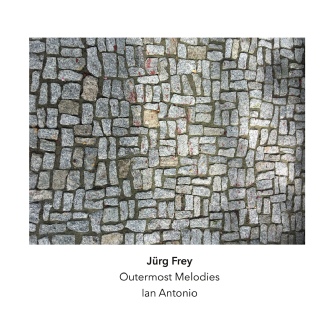
at226x2 Jürg Frey ‘Outermost Melodies’
played by Ian Antonio
Double CD containing works for percussion by Jürg Frey, composed between 1994 and 2022
Disc One
1 Glafsered I (2002) 13:55
2-5 Gewicht, Luft, Farbe (2014/2015) 37:41
6 Toucher l’air (2019) 27:49 played by Talujon percussion ensemble
Disc Two
1-4 Tender Outermost Melodies (2022) 21:48
5 Die meisten Sachen macht man selten (1994/1997) 10:12
6 Jemandem bei einer Tätigkeit zuhören (1997) 12:07
7 Metal, Stone (2003) 32:06
Interview with Ian Antonio
Could you tell us something about your own background as a musician?
I grew up in a musical family in upstate New York just outside of the state capital, Albany. My mother taught elementary school music and my father was a band director in the city school district. Perhaps most consequentially, my father is also a percussionist, so it seemed perfectly normal that we had drums, xylophones, marimbas, and all manner of other instruments around the house. There was constant traffic of percussion students coming in and out, too, and I've been told I would watch the lessons through the small window in the back door while my father taught.
I was drawn to classical music fairly early, and unlike a lot of percussionists, I only learned to play drumset much later on. I played in the local youth orchestra and percussion ensemble and went to college with the dream of someday joining an orchestra. While studying in New York City, I ended up becoming friends with composers, jazz musicians, and other artists who were more interested in new and experimental music, and I found myself drawn to that world and the sounds in it. While I still enjoy the classics of the repertoire, I've been pretty immersed in the world of contemporary music for the past several decades.
Am I right that you also play – or played - with both Wet Ink and Yarn/Wire, two of the most highly-rated groups for contemporary music in the USA? I imagine that was exhilarating and exhausting in equal measure. Could you tell us a bit more about that side of things?
Absolutely. The four ensembles I’ve been most closely associated with are Wet Ink, Yarn/Wire, Talujon, and Zs. I presently play with and co-direct Wet Ink – a composer / performer collective, and Talujon – a percussion ensemble. Yarn/Wire is a piano percussion quartet, still very active, that I co-founded in 2005 and performed with until 2020. Zs is a band that I played with from 2003-2012. And then there is a host of other performing ensembles that I formerly played with frequently: Theatre of a Two-headed Calf, International Contemporary Ensemble, SEM Ensemble, Talea Ensemble, and many more. These are all groups in the New York City contemporary music, or slightly adjacent, ecosystem, and you’re correct – both an exhilarating and sometimes exhausting lifestyle. There were stretches of time where I learned over 100 new pieces of music each year and juggled a performance calendar that barely accommodated practice much less a personal/interior life. But I wouldn’t trade that time for anything. My own personal aesthetics have been so thoroughly influenced by my friends and colleagues in these groups that I can’t imagine what I would be doing today without spending so much time in rehearsal, on the road, and in performance.
Now that I have a more full-time academic role and two younger daughters, my performance calendar is far less dense. Because of this space, I’ve found I need to truly interrogate what directions to pursue by myself. This album of Jürg’s music is one of the first truly personal projects I’ve worked on in years.
When and how did you discover Jürg's music, and what drew you to it?
The first time I heard Jürg's music was on Soundcloud. I can't remember when, maybe
about 15 years ago, but the algorithm would always send me from whatever I was listening
to the same Jürg Frey piece which I loved. I can't recall what it was now, maybe
Circular Music No. 2, but I do remember that I wouldn't notice the piece starting
but then realize I was in fact listening to it closely. The stillness and closeness
and warmth were somewhat new to me at that point in my life. At that time I was playing
a lot of very loud and often very fast music and this was something very much the
opposite. That said, I didn't start to play any of Jürg's music until more recently.
It might have been a product of a geographic/professional shift, the pandemic, or
maybe just evolving interests, but the past few years have just felt like the right
time for me to work on Jürg's music as a performer.
Several of the pieces on the
album were written over twenty years ago. Do you feel there's a difference between
pieces such as 'Glafsered I', 'Die meisten Sachen...', 'Metal, Stone' and 'Jemandem
bei einer Taglichkeit...' and the more recent pieces?
I have the pieces arranged by date in the music reading application on my ipad, so I suppose I've always been thinking of them on a sort of chronological and stylistic continuum. The earliest pieces I played, 'Jemandem bei einer Taglichkeit...' and 'Die meisten Sachen...' seem to be somewhat "operational" in that a system is set up and then put in motion. Or at least that is how I approached their performance. The pivot, in my mind, is in 'Glafsered 1' and 'Metal, Stone', where there is a bit more vertical orientation and perhaps a more expressive edge to the pieces. I feel this is especially true in 'Glafsered 1', which was the first of these pieces I worked on and performed. Both 'Gewicht, Luft, Farbe' and 'Tender Outermost Melodies' seem even more evocative to me. Perhaps because they are "bigger" pieces and cover more timbral ground, but also in the way they use space and, in the case of 'Gewicht, Luft, Farbe', a very clear and rare use of harmony in this collection of percussive pieces.
Yes, I think that’s right, that the recent works are more expressive, and that ‘Glafsered I’ and ‘Metal, Stone’ are pivots in this gradual stylistic shift in Jürg's music. If you were used to playing much louder and faster music, I suppose this is quite a change, but is there a kind of ‘virtuosity of restraint’ (to use John Tilbury’s phrase) in playing music like Jürg’s?
I do like the phrase ‘virtuosity of restraint’ but I’m not sure I ever thought about restraint as a feature of the performance of Jürg’s music. Perhaps the pieces sound restrained, but as a performer I am primarily concerned with accurately representing what Jürg wrote. Everything is right there on the page – tempos, rests, dynamics, articulations, and each individual note. Jürg does not use repeat signs, even when it would certainly save time in the notation process. So I feel like the challenge in performing the music of this album is to properly execute the figures and gestures that develop in the practice of each piece. For example, the opening passage of ‘Metal, Stone’ is not traditionally difficult but the transparency of the music raises the stakes dramatically, or at least in my performer’s mind. Is my time consistent? Are the different instruments speaking at a more-or-less uniform dynamic even though the distances between them and the metal compositions and resonances of each instrument are slightly different? I suppose there is just very little between the making of each sound and the listener, and that is where any virtuosity might emerge.
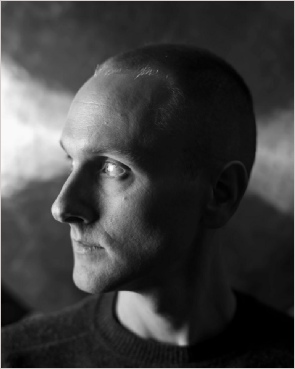
Ian Antonio
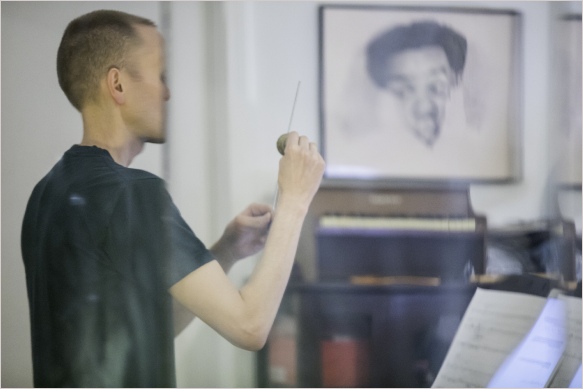
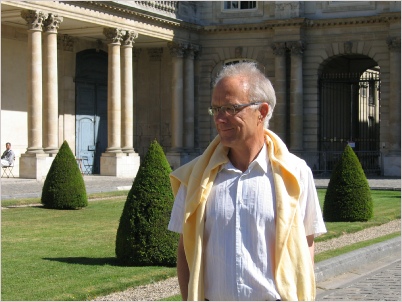
Jürg Frey
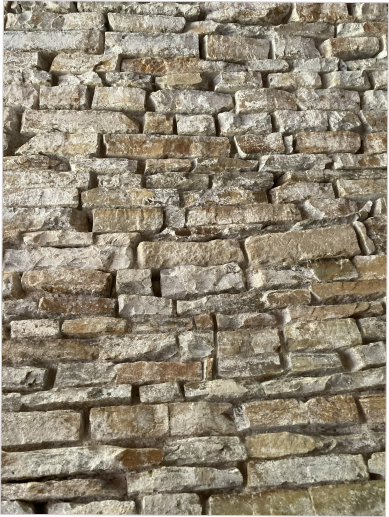
Photograph Jürg Frey
Sale price £10 double album